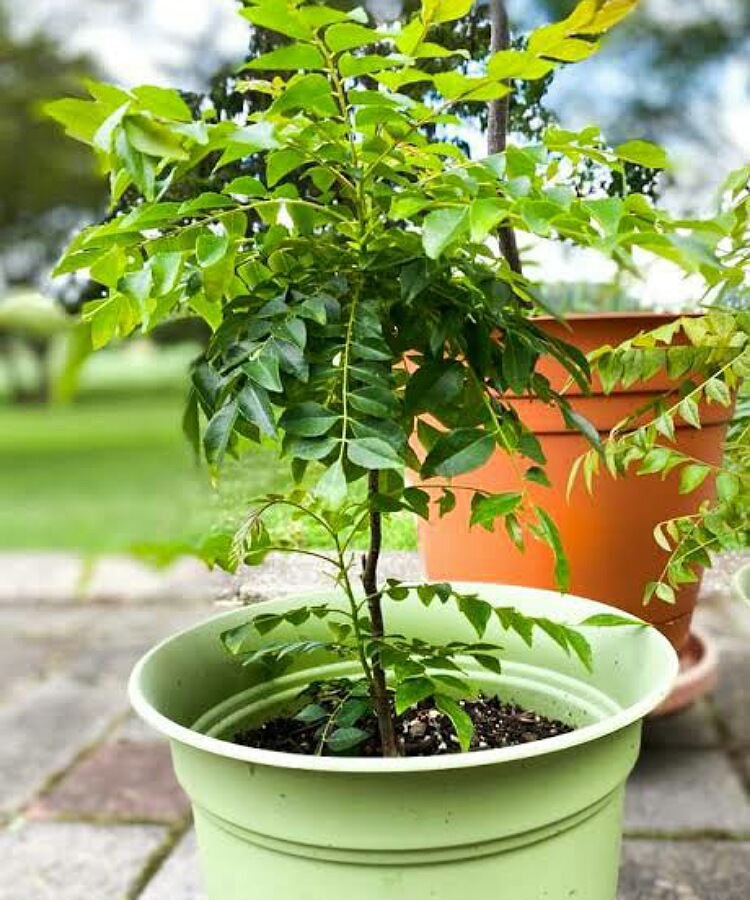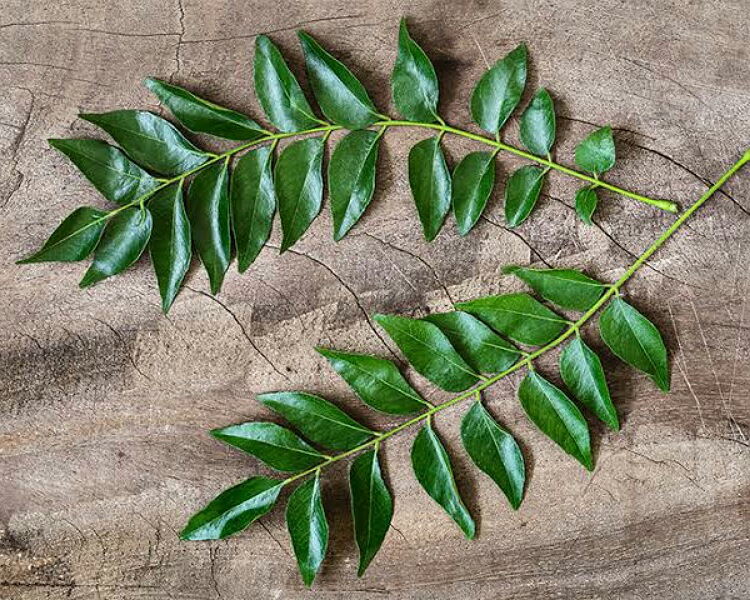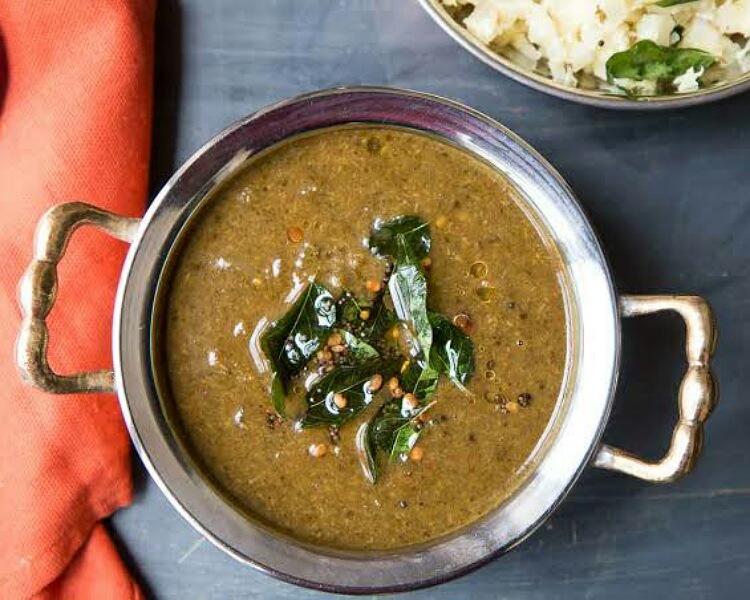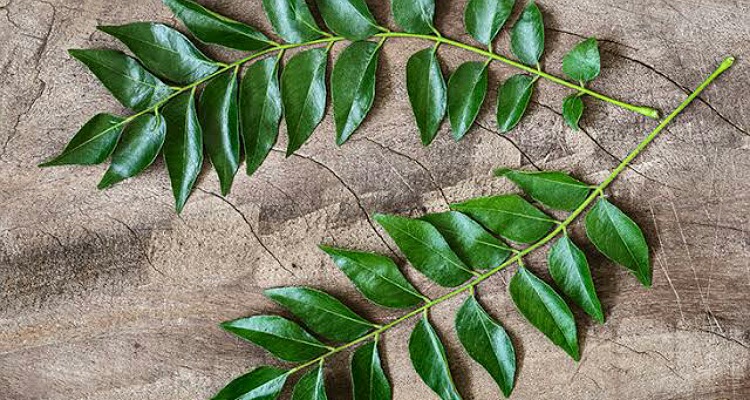Curry leaves are fragrant leaves that are used to provide aroma to foods.
They are commonly used in South Asian cuisines notably in South India especially Tamil Nadu and also West India. Besides flavoring food dishes, some claim that curry leaves have additional health benefits for hair, skin, and body.
Curry leaf tree
The Curry leaf tree or curry bush is found in South and South Eastern Asian countries. It is a tropical and subtropical plant that grows to a height of around 4 to 6 meters.
The leaf arrangement is pinnate. Each leaf is small in size but highly aromatic. Its smell is sweet to pungent. The plant bears white flowers.
These self-pollinate and produce small-sized fruits that are shiny and black. Each fruit has 1 seed. The pulp of the fruit is sweet and can be consumed.

The curry leaves are an integral part of South and west Indian cuisines. They are used as seasonings with vegetable oil, mustard seeds that pop in the oil, and onions.
This is the primary stage in the cooking of many Asian dishes. In North India especially in the state of Uttarakhand, there are extensive forests of these trees.
But sadly, none of the cuisines there incorporate these healthy leaves in their making. In Cambodia, they roast the leaves and add them to soups.
On the other hand, in Indonesia (Java), the locals stew the curry leaves to add flavor to some specific local delicacies.
Nutritive values of curry leaves
Curry leaf is rich in beta-carotene, carotenoids, calcium, and iron. It has high levels of antioxidants, vitamin B, vitamin A, and vitamin C. 5 g of the leaf provides 1 calorie.
The potassium levels are 15 mg with 0.5% of vitamin A, 0.1% of vitamin C, and 0.1 % of vitamin B6. The calcium in 5 g of the leaves is 0.01 mg.

The antioxidants in the leaves mop up the damaging free radicals and thus prevent cancer. They have anti-inflammatory properties and lower blood sugar levels.
They are good for the heart and the gut. Animal studies have revealed that they help the protection of the stomach and heal ulcers in it. They also help overcome hepatorenal toxicity due to mercury.
Also, read Moringa, the miracle tree that WHO says can help the world fight malnutrition!
Health benefits of the leaves
The leaves aid in weight loss. They assist in burning excessive body fat. When cholesterol gets oxidized in the body, it forms bad cholesterol.
The antioxidants found in the leaves prevent this oxidization. Automatically, bad cholesterol level drops and this protects the heart and arteries.
Additionally, the leaves when eaten stimulate the insulin-producing cells. More the insulin, less the blood sugar. Thus it controls diabetes.
Curry leaf has a dramatically good effect on the gut. It is good for the treatment of constipation, dysentery, diarrhea, nausea, and morning sickness. It also eliminates gases and bloating.
Thus it is a good natural remedy for all digestive tract issues. One can inhale the aroma of these leaves to reduce the stress of everyday life. It calms the mind.

Curry leaves also have antibacterial properties. One can apply a paste form of these leaves on burns, cuts, or wounds for rapid and effective healing. The leaves have vitamin A and can help improve eyesight.
It can control productive cough, cold, nasal congestion, and sinusitis due to its high content of vitamins A and C. Its antibacterial, anti-inflammatory, antifungal, and antioxidant properties contribute to this process.
The effect of these leaves on hair is tremendous. They prevent hair fall and hair splits. They make hair grow and strengthen them. And they make them shiny and decrease their brittleness.
They condition the hair and nourish them. They also decrease hair greying. The leaves save the hair from the harmful effects of chemicals.
